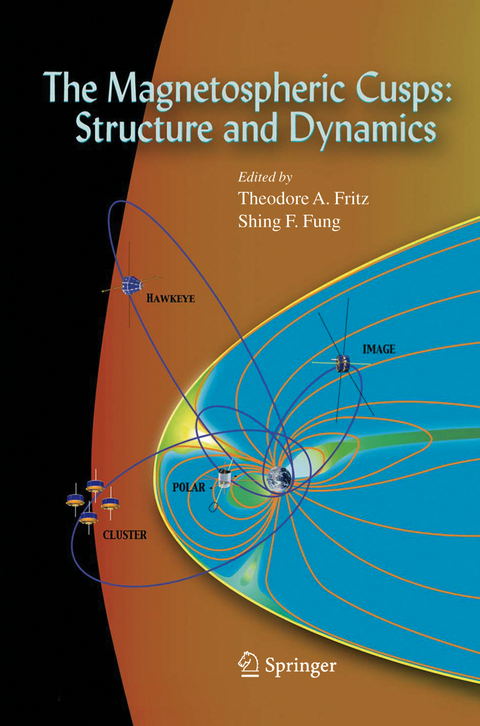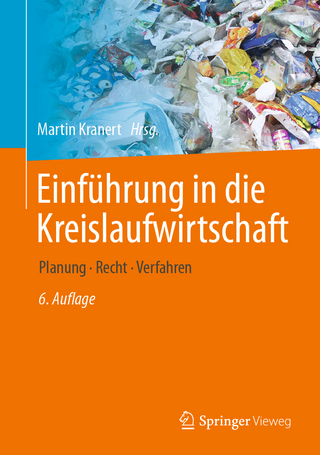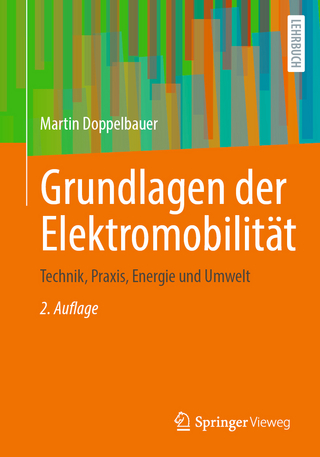
The Magnetospheric Cusps: Structure and Dynamics
Springer-Verlag New York Inc.
978-1-4020-3438-1 (ISBN)
This collection of papers will address the question "What is the Magnetospheric Cusp?" and what is its role in the coupling of the solar wind to the magnetosphere as well as its role in the processes of particle transport and energization within the magnetosphere. The cusps have traditionally been described as narrow funnel-shaped regions that provide a focus of the Chapman-Ferraro currents that flow on the magnetopause, a boundary between the cavity dominated by the geomagnetic field (i.e., the magnetosphere) and the external region of the interplanetary medium. Measurements from a number of recent satellite programs have shown that the cusp is not confined to a narrow region near local noon but appears to encompass a large portion of the dayside high-latitude magnetosphere. It appears that the cusp is a major source region for the production of energetic charged particles for the magnetosphere. This book will be of great interest to scientists in Space Physics as well as to those working in research organizations in governments and industries, university departments of physics, astronomy, space physics, and geophysics. Part of this book has already been published in a journal.
(a) Professor Theodore A. Fritz works in the area of planetary magnetospheres and possible Sun-Earth relations. His particular research interests include energetic charged particles, their composition, and the mechanisms by which they are transported and energized within magnetospheres. He has participated either as a Principal Investigator or Co-Investigator in about 20 spaceflight projects such as the International Sun-Earth Explorer 1&2 (ISEE 1&2), the NASA Galileo mission orbiting Jupiter, the NASA Global Geospace Science Polar satellite mission, and the joint European Space Agency/NASA four satellite Cluster mission. In addition to these ongoing data analysis efforts, he is also involved in the development of new or novel instrumentation for use in space to measure these energetic charged particles and in the teaching and supervision of student researchers. (b) Dr. Shing F. Fung is a Space Scientist at the NASA Goddard Space Flight Center, Greenbelt, Maryland, USA. His main research interests are space plasma physics and physics of planetary magnetospheres. He has extensive experience in analyzing space physics data (plasma, magnetic and electric field, wave, and energetic particle) in order to study and model magnetospheric structures and processes. In addition to data analysis and modelling efforts, Dr Fung is also involved in the development of magnetospheric radio-sounding techniques as recently implemented in the radio plasma imager (RPI) on the NASA IMAGE satellite, and in the development of new generation magnetospheric state-based radiation belt models.
Preface.- Cluster Observations of the Cusp: Magnetic Structure and Dynamics.- Magion-4 High-Altitude Cusp Study.- High-Altitude Cusp: The Extremely Dynamic Region in Geospace.- Magnetosheath Interaction with the high Latitude Magnetopause.- Cluster Observes the High-Altitude Cusp Region.- Low-Frequency Plasma Waves in the Outer Polar Cusp: A Review of Observations from Prognoz 8, Interball 1, Magion 4, and Cluster.- Multiple Flux Rope Events at the High-Latitude Magnetopause: Cluster/Rapid Observation on 26 January, 2001.- Energetic Electrons as a Field Line Topology Tracer in the High Latitude Boundary/Cusp Region: Cluster Rapid Observations.- Energetic Particles Observed in the Cusp Region During a Storm Recovery Phase.- Coupling the Solar-Wind/IMF to the Ionosphere Through the high Latitude Cusps.- Spatial and Temporal Cusp Structures Observed by Multiple Spacecraft and Ground Based Observations.- Observations of a Unique Cusp Signature at Low and Mid Altitudes.- Cusp Modeling and Observations at Low Altitude.- Simulation Studies of High-Latitude Magnetospheric Boundary Dynamics.- Cusp Geometry in MHD Simulations.- The Magnetospheric Cusps: A Summary.
| Erscheint lt. Verlag | 19.9.2005 |
|---|---|
| Zusatzinfo | VI, 414 p. |
| Verlagsort | New York, NY |
| Sprache | englisch |
| Maße | 155 x 235 mm |
| Themenwelt | Naturwissenschaften ► Biologie ► Ökologie / Naturschutz |
| Naturwissenschaften ► Geowissenschaften ► Geophysik | |
| Naturwissenschaften ► Physik / Astronomie ► Angewandte Physik | |
| Naturwissenschaften ► Physik / Astronomie ► Astronomie / Astrophysik | |
| Naturwissenschaften ► Physik / Astronomie ► Atom- / Kern- / Molekularphysik | |
| Naturwissenschaften ► Physik / Astronomie ► Elektrodynamik | |
| Naturwissenschaften ► Physik / Astronomie ► Hochenergiephysik / Teilchenphysik | |
| Naturwissenschaften ► Physik / Astronomie ► Optik | |
| Technik ► Luft- / Raumfahrttechnik | |
| ISBN-10 | 1-4020-3438-5 / 1402034385 |
| ISBN-13 | 978-1-4020-3438-1 / 9781402034381 |
| Zustand | Neuware |
| Informationen gemäß Produktsicherheitsverordnung (GPSR) | |
| Haben Sie eine Frage zum Produkt? |
aus dem Bereich


